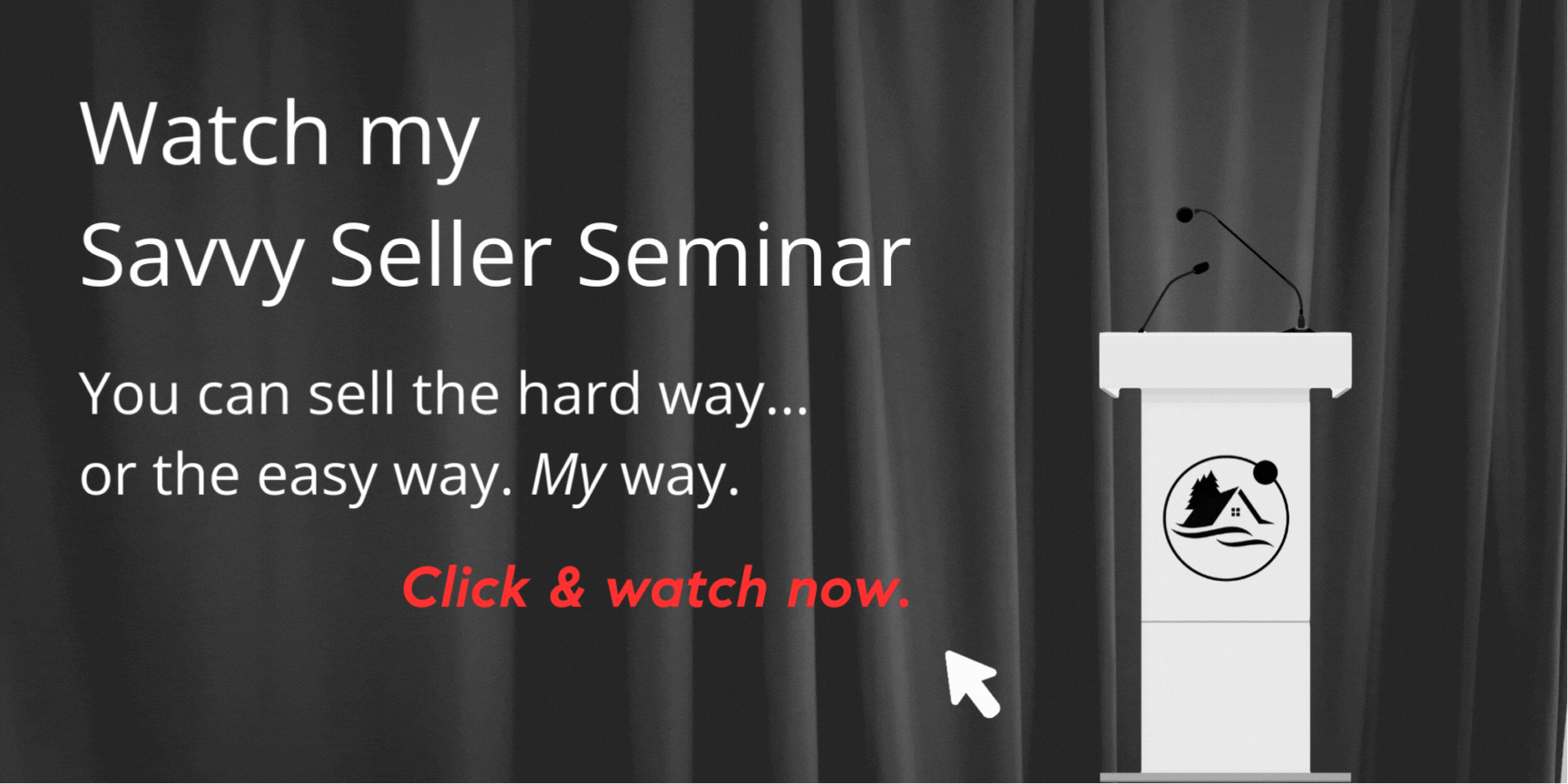Yesterday, I popped on down to Keller Williams Real Estate in Santa Cruz for another of their freebie, and generally excellent, training sessions. To my delight, I found that one of my former colleagues from Thunderbird, Kari Kelly, had joined Keller Williams (after a multi-year stint at Vanguard Realtors). Kari’s a great lady, and it was nice to chat with with and catch up. She’s only been at Keller Williams for three weeks, but seems to be enjoying it tremendously.
The topic of the day’s training was “Creating Urgency to Buy.” I personally don’t have a problem with creating urgency to buy – I think that by now, most people can see the writing on the wall – if you want to buy some real estate in Santa Cruz, now is a fine time. Yes, prices may continue to fall over the next year, but there are plenty of opportunities to buy “below full market value” that you can insulate yourself against the coming price declines. The thing is, you’ll never know when, exactly, we’re at the bottom, and by the time we do hit bottom and start coming up on the other side, it’ll be more of a seller’s market and the deals won’t be so easy to come across.
Over at Keller Williams, they teach you that really, you should only show a buyer three properties. That’s incredible. The idea is that you do such a good job interviewing the client and finding out what they really want, you can save everyone a lot of time by only showing them properties that they have a good chance of actually buying.
Interesting idea. My question is, with that philosophy: do you ever show a short sale? I mean, let’s face it – most short sales are a waste of time. More than half (probably about 75%) of short sales go nowhere. The reality is, you don’t have a good chance of actually buying a short sale – not the average one, anyway. Yes, I know, some short sale listing agents are very good and have a “high” success rate – but most do not.
Personally, I hate showing short sales, because most of the time, it’s a waste of precious time, time that I will never get back, no matter what. But I’ll show ’em anyway. After all, many a nice house is listed at an attractive price as a short sale, and some of them do pan out. And I’ll also show my clients more than three properties. I do encourage folks to drive by on their own, because most of these “well priced” properties turn out to be not so well priced when you discover there’s high tension power lines, or the neighbor has his front yard littered with broken down cars, or the odor from the sewage treatment plant is just a tad too ripe.
Don’t get me wrong, I’d like to show each buyer no more than three properties, because the Keller Williams people do have a point – there’s little point in showing property that you are fairly certain the client will not buy. The thing is though – this is a customer service business. If the client wants to see the inside of the property, and you are their agent – what do you do, just refuse? “Remember, Mr. Client, I will only show you three houses. So choose wisely.” I have a hard time with that. It’s saying, “I know what’s better for you than you do.”
Part of this strategy employs the use of Buyer Broker agreements – where you get the client to sign a contract saying you are their exclusive agent for buying a property in such-and-such a region between such-and-such dates. It’s kind of like forced loyalty – you have to stick with the agent, even if they don’t want to show you a property, because the plan is to show you no more than three.
I have tried getting people to sign Buyer Broker agreements – with no success. I didn’t try too hard, more of a trial balloon a few times, more than anything else, I suppose. Again, the Keller Williams folks make a good point: would you agree to sell someone’s house without a contract? No, of course not. So why would you agree to help someone buy a house without a contract with them?
Food for thought.




